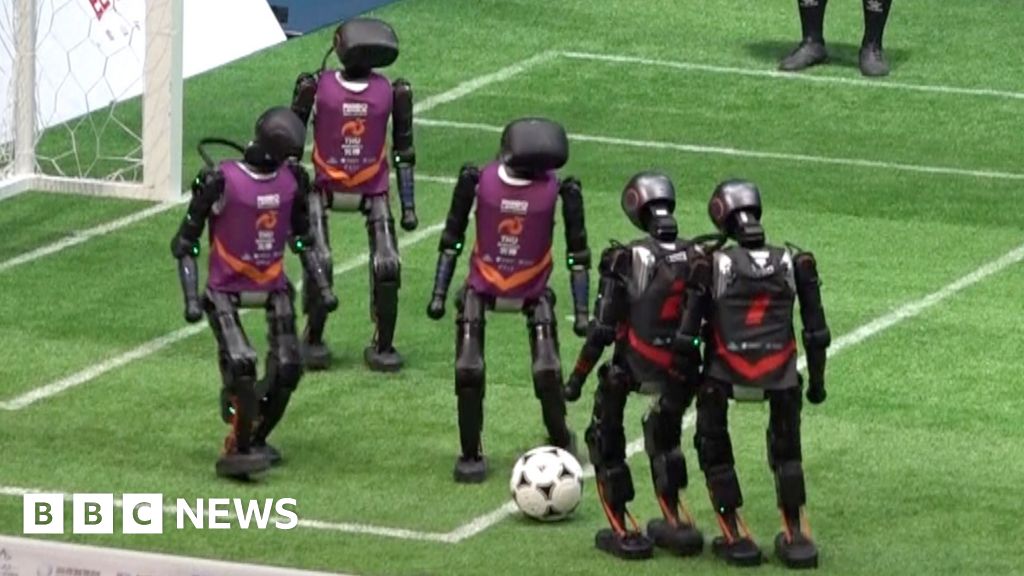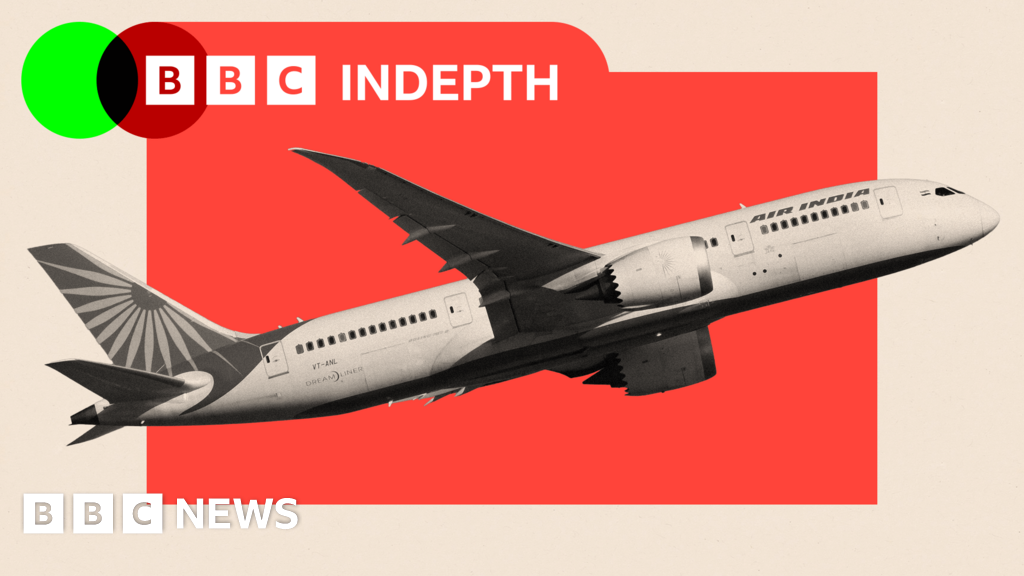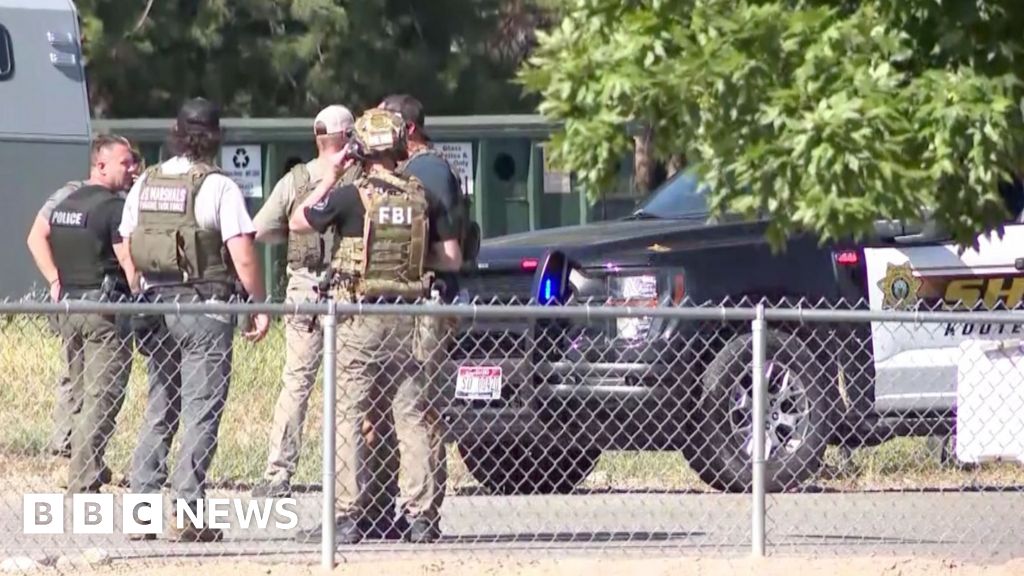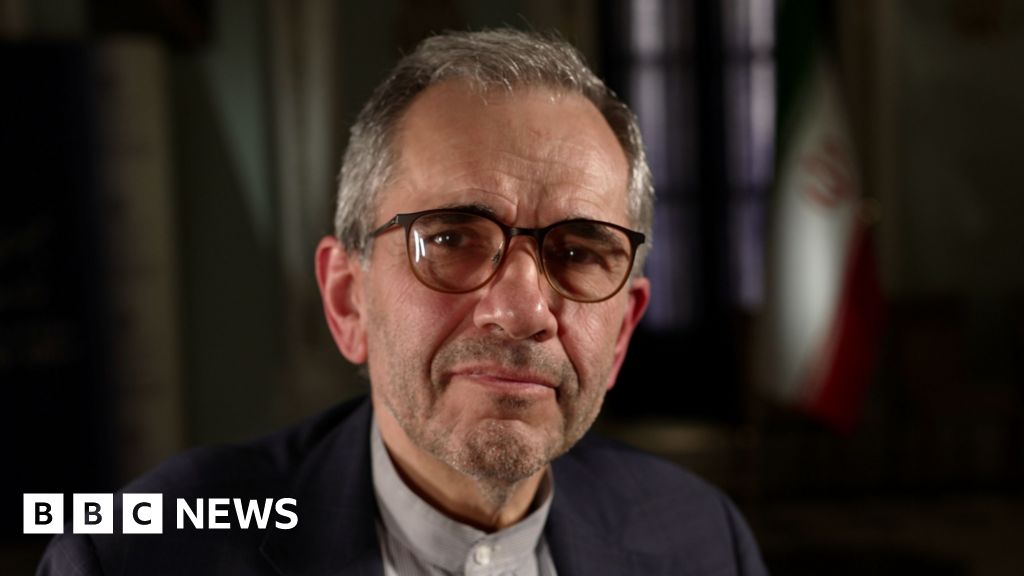For the first time, two spacecraft in orbit were aligned in formation with millimeter precision and maintained their relative position for several hours without any control from the ground.
The European Space Agency’s Proba-3 mission has achieved its ambitious goal when its two spacecraft, the Coronagraph and the Occulter, flew 150 meters apart in perfect formation, simulating a single giant spacecraft.
Earlier this year, the first step of the mission was successfully completed. The operations team, consisting of engineers from ESA and its closely collaborating industrial partners, came together at the Agency’s European Space Security and Education Center in Redu, Belgium.
Using a set of positioning instruments, they were able to align the two spacecraft in formation, and monitor them as they maintained their relative position autonomously.
Now, following more finetuning and testing, the team has achieved the desired precision, making Proba-3 the world’s first-ever precision formation flying mission.
The mission relies on several innovative technologies, many of which are technology demonstrations developed through ESA’s General Support Technology Program (GSTP). “To do something that has never been done before, we needed to develop new technologies,” notes Esther Bastida Pertegaz, Proba-3 systems engineer.
“The formation flying is performed when the spacecraft are more than 50,000 km above Earth,” explains Raphael Rougeot, Proba-3 systems engineer.
“Here, Earth’s gravity pull is small enough, so that very little propellant is needed to maintain the formation. Then the formation is broken and needs to be acquired again over the next orbit, in a repeated cycle.”
The ultimate goal is for the two spacecraft to align with the sun so that the 1.4-m large disk carried by the Occulter casts a 5-cm shadow onto the optical instrument on the Coronagraph, allowing it to study the faint solar corona.
Teodor Bozhanov, formation flying system engineer, explains further: “The initiation of this formation-flying repetitive sequence is performed by the ground control center, with the operations team obtaining position information to determine the exact location of the two satellites in space. The mission’s thrusters are then used to bring them closer together.
“All the rest is done autonomously. The spacecraft measure and control their relative position using the Visual Based System, which includes a wide-angle camera on the Occulter tracking a set of flashing LED lights on the Coronagraph.
“Once the satellites get close enough to each other, a narrow-angle camera locking onto the same set of lights enables a more accurate positioning.”
Raphael describes the last step needed to close the precision gap: “Although we were previously able to perform formation flying using only the camera-based systems on board, we were still missing the desired precision.
“Two major achievements have been key to unlocking it. First, it was the calibration of the on-board laser instrument, and its integration into the full formation flying loop.”
“This laser instrument, called the Fine Lateral and Longitudinal Sensor (FLLS), enables relative positioning down to a millimeter accuracy,” adds Jorg Versluys, Proba-3 payloads manager. “It consists of a laser beam fired from the Occulter spacecraft and reflected in the Coronagraph’s retroreflector back to the Occulter, where it is detected.”
“The second crucial achievement was successfully using the shadow position sensor,” Raphael continues. “An on-board algorithm based on the measurement of light intensity around the coronagraph aperture ensures that the Coronagraph spacecraft stays in the shadow cast by the Occulter spacecraft.”

Esther notes, “Combining all these sensors, and thanks to the on-board software managing all the spacecraft systems and providing Navigation, Guidance and Control functions, the formation is stable beyond expectations.”
Damien Galano, Proba-3 project manager, concludes, “We are talking about millimetric accuracy in range, and sub-millimetric in the lateral position. We can’t wait to see the completion of the instrument calibration and the first processed image of the sun’s corona.”
The Proba-3 mission is led by ESA and put together by a consortium managed by Spain’s Sener, with the participation of more than 29 companies from 14 countries and with key contributions from GMV and Airbus Defense and Space in Spain and Redwire Space and Spacebel in Belgium.
The coronagraph instrument comes from Belgium’s Center Spatial de Liège (CSL) and the science data will be processed by the Royal Observatory of Belgium. The mission was launched on 5 December 2024 on a PSLV-XL launcher from Satish Dhawan Space Center in Sriharikota, India.
Citation:
Proba-3 achieves precise formation flying (2025, May 8)
retrieved 8 May 2025
from
This document is subject to copyright. Apart from any fair dealing for the purpose of private study or research, no
part may be reproduced without the written permission. The content is provided for information purposes only.

















